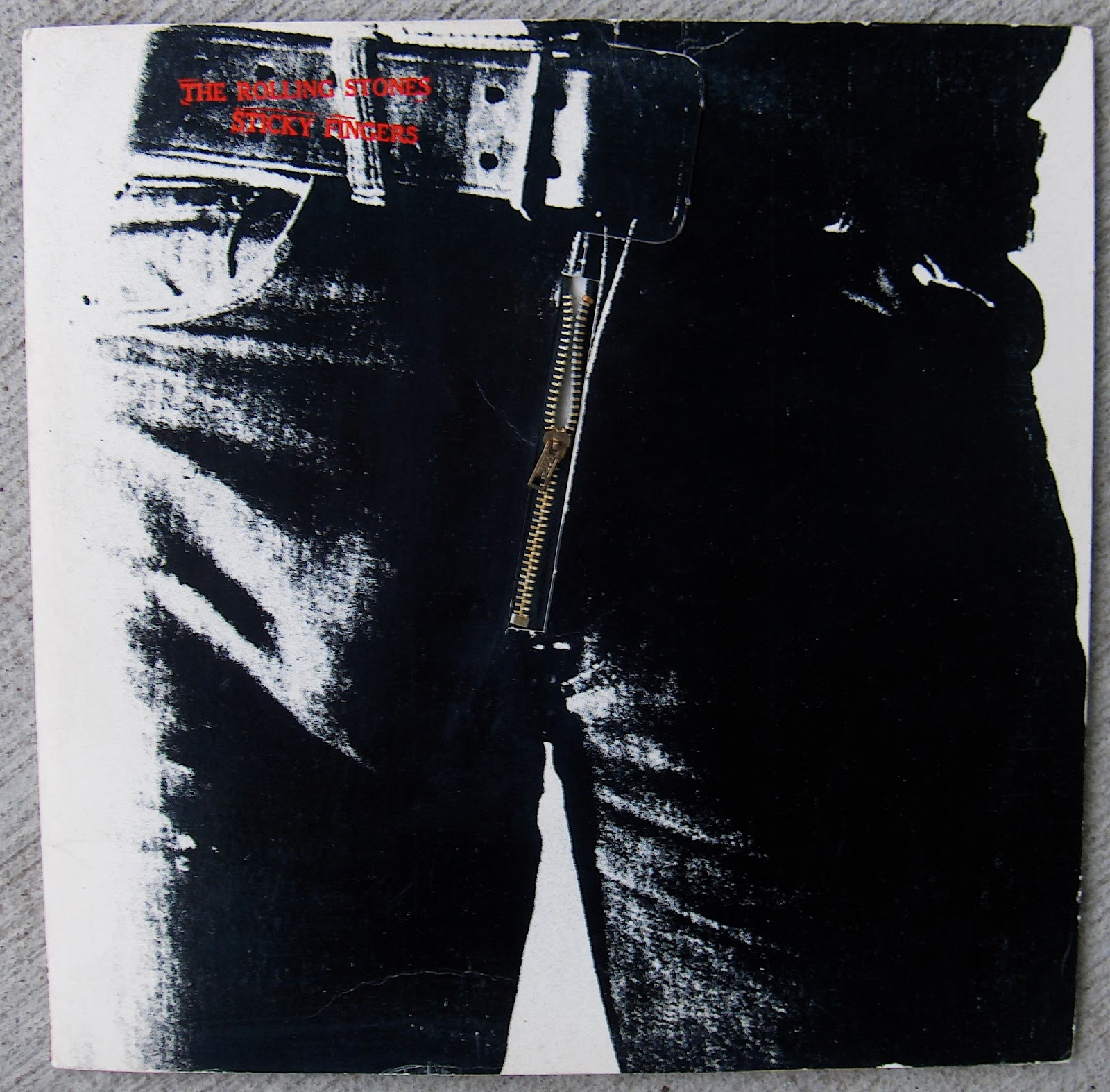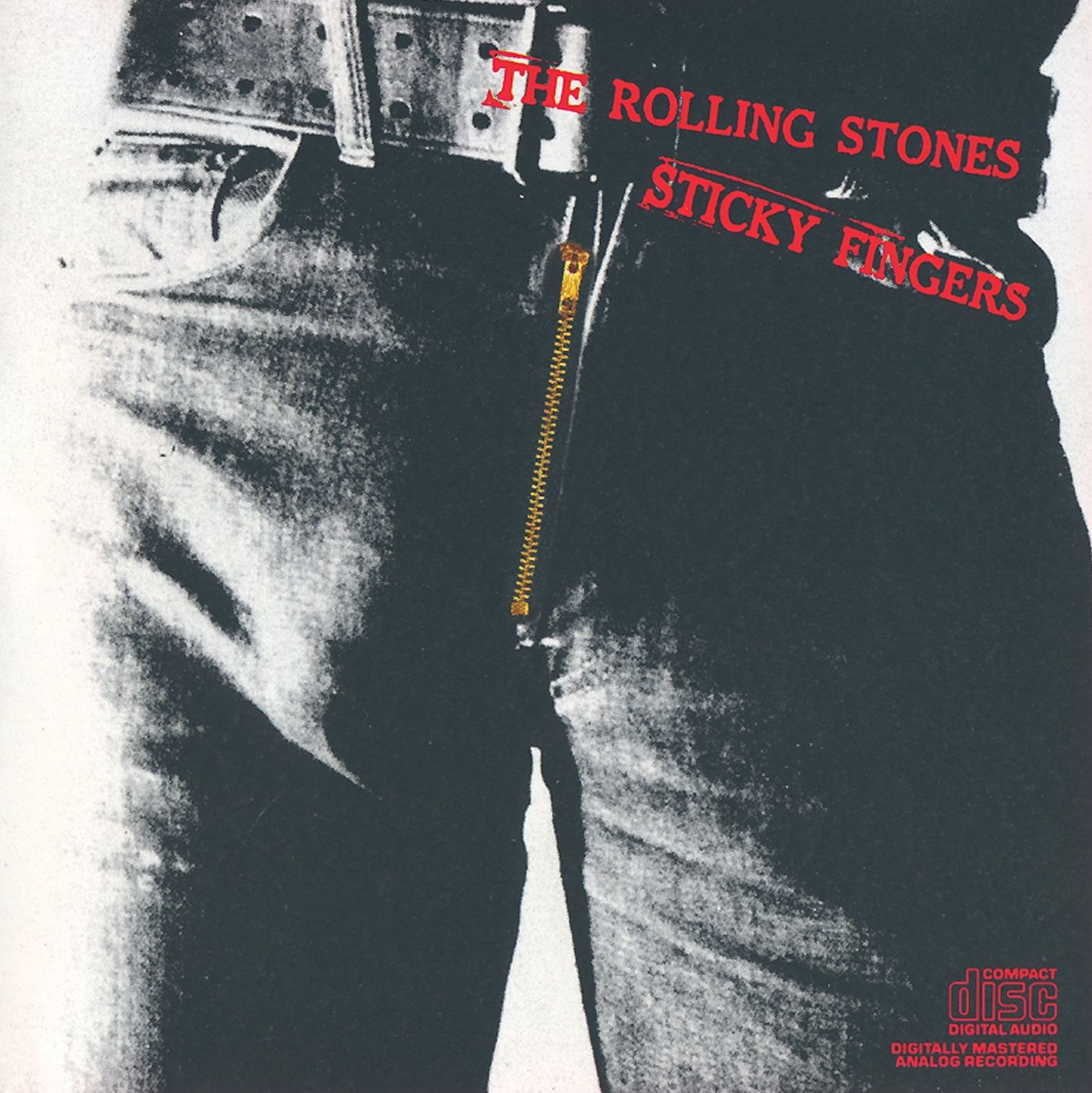Sticky Fingers: The Rolling Stones' Iconic Album
Sticky Fingers is not just an album; it's a cultural phenomenon that showcases the raw energy and artistic brilliance of The Rolling Stones. Released in 1971, this iconic record marked a significant moment in rock history, blending rock, blues, and country influences into a cohesive masterpiece. The album features some of the band's most beloved tracks and is often hailed as one of the greatest albums of all time.
The importance of Sticky Fingers extends beyond its musical content, as it also introduced the world to the legendary album cover designed by Andy Warhol. This groundbreaking artwork set the tone for the band's rebellious image and helped solidify their place in popular culture. In this comprehensive article, we will delve into the history, themes, and impact of Sticky Fingers, while also examining the individual tracks that contribute to its enduring legacy.
Join us as we explore the fascinating world of Sticky Fingers, discussing the creative process behind the album, its critical reception, and its lasting influence on generations of musicians. Whether you're a long-time fan of The Rolling Stones or new to their music, this article aims to provide a deep understanding of why Sticky Fingers remains a cornerstone of rock music.
Table of Contents
- Biography of The Rolling Stones
- Overview of Sticky Fingers
- Track List and Analysis
- Cultural Impact of Sticky Fingers
- Production and Recording Process
- Critical Reception
- Legacy of Sticky Fingers
- Conclusion
Biography of The Rolling Stones
The Rolling Stones are one of the most influential rock bands in history, formed in London in 1962. The original lineup consisted of Mick Jagger, Keith Richards, Brian Jones, Charlie Watts, and Bill Wyman. Over the decades, the band has undergone various lineup changes, but Jagger and Richards have remained the core members. Their music, characterized by blues-influenced rock and roll, has captivated audiences for generations.
| Name | Role | Birthdate |
|---|---|---|
| Mick Jagger | Lead Vocals, Guitar | July 26, 1943 |
| Keith Richards | Guitar, Backing Vocals | December 18, 1943 |
| Charlie Watts | Drums | June 2, 1941 |
| Bill Wyman | Bass Guitar | October 24, 1936 |
Overview of Sticky Fingers
Sticky Fingers was released on April 23, 1971, and is notable for being the first album released under The Rolling Stones' own label, Rolling Stones Records. The album features a unique blend of styles, including rock, blues, and country, showcasing the band's versatility. It includes iconic tracks such as "Brown Sugar," "Wild Horses," and "Can't You Hear Me Knocking."
Track List and Analysis
Sticky Fingers includes the following tracks:
- Brown Sugar
- Sway
- Wild Horses
- Can't You Hear Me Knocking
- You Gotta Move
- Dead Flowers
- Moonlight Mile
Each track on this album brings a unique flavor, from the upbeat and controversial "Brown Sugar" to the hauntingly beautiful "Wild Horses." The lyrical themes often explore love, pain, and rebellion, reflecting the band's experiences and perspectives during the tumultuous 1970s.
Brown Sugar
"Brown Sugar" is perhaps the most famous track on the album, known for its catchy riff and provocative lyrics. The song touches on themes of race, sex, and the complexities of American history.
Wild Horses
"Wild Horses" is a poignant ballad that showcases Jagger's emotional vocal delivery and Richards' heartfelt guitar work. The song has become one of the band's signature tracks and is often covered by other artists.
Cultural Impact of Sticky Fingers
Sticky Fingers has had a significant cultural impact since its release. The album's themes resonate with listeners, and its rebellious spirit reflects the counterculture of the time. The iconic album cover, featuring a working zipper designed by Andy Warhol, has become a symbol of rock and roll.
Production and Recording Process
The production of Sticky Fingers was marked by experimentation and innovation. The band recorded the album in various studios, including Muscle Shoals Sound Studio in Alabama and Olympic Studios in London. The use of new recording techniques and instruments contributed to the album's distinctive sound.
Critical Reception
Upon its release, Sticky Fingers received widespread acclaim from critics and fans alike. It topped the charts in several countries and has been included in numerous "greatest albums of all time" lists. The album's raw energy and artistic integrity have cemented its place in rock history.
Legacy of Sticky Fingers
Sticky Fingers continues to influence musicians and artists today. Its blend of genres and innovative production techniques have inspired countless bands, and its tracks remain staples in rock music. The album is a testament to The Rolling Stones' enduring legacy and their ability to evolve while staying true to their roots.
Conclusion
In conclusion, Sticky Fingers is more than just an album; it's a cultural landmark that encapsulates the spirit of The Rolling Stones and the era in which it was created. Its impact on music and popular culture is undeniable, and it continues to resonate with new generations of listeners. We invite you to share your thoughts on Sticky Fingers in the comments below and explore more articles about The Rolling Stones and their incredible journey through music.
Thank you for joining us in this exploration of Sticky Fingers. We hope you found this article informative and engaging. Be sure to visit our site for more insights into the world of rock music and The Rolling Stones.
Are There More Doors Or Wheels? A Comprehensive Exploration
Exploring The Universe Of Planet Of The Apes: A Complete Guide To All Movies
Images Of Chaz Bono: A Journey Through Transformation


